Laowa has made some amazing lenses, ranging from ultra-wide angle to macro lenses. These are all manual focus without any way of communication with the camera. The 10mm f/2.8 Zero-D has changed that, being the first Laowa autofocus lens. It’s also the first 10mm lens with an f/2.8 aperture.
I have been using the Laowa 12mm f/2.8 Zero-D for years now. The angle of view was chosen for ultra-wideangle landscapes and the f/2.8 for night-sky photography.
There is one downside to this lens, which doesn’t bother me a lot. It is manual focus and has no electrical contacts for communicating with the camera. Closing the aperture results in a dark viewfinder. Fortunately, live view solves that issue, just like an EVF in mirrorless cameras which supports exposure simulation.
Although Laowa offers lenses with an even wider field of view, these don’t have the f/2.8 aperture. That has changed with the Laowa 10mm f/2.8 Zero-D FF. This surprisingly small lens not only offers the desired f/2.8; it’s also the first autofocus lens from the manufacturer.
Different Versions for Different Cameras
The lens has fifteen elements, divided into nine groups. Two are aspherical lenses and three are ED lenses to achieve the highest quality. The front lens element features the Laowa Frog Eye Coating, making it more or less water-repelling.
The Laowa 10mm f/2.8 Zero-D FF is available for Canon RF, Nikon Z, Sony F, and Sony FE mounts. These lenses have five aperture blades, but you can choose the models that have no less than fourteen aperture blades.
However, both for Sony FE and Nikon Z there is a version with autofocus. These versions are only available with five aperture blades, and you will lose the aperture ring and manual distance scale. I received the Sony FE mount version with autofocus for this review. Although the lens was provided by Laowa Benelux, this review is not influenced by this. Cameraland.nl and Sony Netherlands provided the necessary cameras.
The Looks
The Laowa 10mm f/2.8 Zero-D FF autofocus lens is a compact lens. It measures 72.8 mm in length and 82 mm in diameter. It is made almost entirely from aluminum and weighs 420 grams.

The lens has an AF/MF switch and a wide focusing ring, which is also made from aluminum. There are indents with the company name etched into it. As mentioned, there is no distance scale and no aperture ring.
There is a removable shallow aluminum lens hood included. Surprisingly, the front lens element is not bulbous like many lenses with this focal length. It’s small and lies relatively deep in the lens barrel. This makes it possible to use regular filters with a 77 mm diameter.
The First Autofocus Lens by Laowa
Ultra-wide angle lenses are quite forgiving when it comes down to focus. If a subject is at five meters distance, the depth of field at f/2.8 is enough to have everything from one meter up to infinity within acceptable focus. Focusing becomes more critical if the subject is at close distance. With a minimum focus distance of twelve centimeters, you can’t rely on depth of field anymore.
The autofocus is quiet and relatively fast. I didn’t test the lens with fast action, so I don’t know how it will perform under those circumstances. However, due to the focal length, the focus is quite forgiving, even with f/2.8. There is not much need for fast performance in that regard, especially with f/5.6 or f/8.
The focus ring is free to rotate when autofocus is engaged. The function can be switched on with the AF/MF switch. Although the ring has no endpoints, there is a 180-degree rotation to change the focus from the minimum distance up to infinity. The focus ring is well dampened and works well for accurate manual focus.
Using the Lens on a Camera
I was provided with both the Sony a1 and the Sony a7C R for this review. Although the lens has a nice and compact form factor, it isn’t that convenient to use on the Sony cameras. The diameter of the lens is too wide, making the space between the lens and camera grip too narrow. I couldn’t get my fingers in between the lens and grip. This is not due to the Laowa lens, but an ergonomic flaw of Sony cameras. However, Laowa could have taken this into account.

Although I didn’t have a version for my own Canon EOS R5, measuring the width between the lens and grip indicated that this problem wouldn’t occur with this camera. I suppose this is also less of a problem for Nikon cameras.
Image Quality
A focal length of 10mm will show a lot of perspective distortion. Pointing the lens upwards or downwards causes vertical lines to run to a vanishing point. You need to hold the lens perfectly horizontal to avoid this. If you do, vertical lines are almost perfectly vertical. That’s why this lens deserves the name Zero-D.

There is a slight barrel distortion noticeable if you look really carefully. This distortion is easy to correct in photo editing software if necessary. Perspective correction not that much. Although the converging vertical lines are straight, this kind of correction will lead to a significant loss of resolution.
Vignetting is strong with this lens. At f/2.8, the corners lose almost four stops of light. This is probably due to the small front lens element. Unfortunately, the loss of light in the corners never gets much less. Vignetting is three stops at f/5.6, and this continues throughout the whole aperture range.
I noticed a small light patch at the corners of many of the photos I took with this lens. I could not determine where this originated, although I expect it to be a light reflection from the lens hood. However, it didn’t occur every time. Look at the photos in the gallery to see how often this occurred.
The lens is reasonably sharp, both in the center and the corners. It’s not exceptionally good or bad. I found f/5.6 to be the sweet spot.
With a field of view that is over 130 degrees, it’s easy to get a bright light source in the frame. This can be the sun or an artificial light source. This is where the small front lens shines. It makes the Laowa 10mm f/2.8 Zero-D FF less susceptible to flares. Even when the light source is in the frame, I find the amount of flares acceptable.
If you have bright lights in the frame, the five-blade aperture makes a nice ten-point sunstar. However, if you choose the manual focus lens with a fourteen-blade aperture, it will offer a sunstar with fourteen points.
I haven’t seen a lot of chromatic aberration in the photos I took. I have read how the lens performs less well in the center compared to the corners, however unlikely this sounds. These lens defects are easy to correct in photo editing software.
Practical Use of the Laowa 10mm f/2.8 Zero-D FF
I have used the lens for a couple of months for a variety of subjects. It’s important to distinguish between the normal ultra-wide angle distortion effects and the lens performance itself. After all, there are situations where a disappointing result is not due to the lens, but due to the focal length.
The focal length is a difficult one. You get a lot in the frame, sometimes too much. Everything appears small in the frame unless you get close. Really close. This requires pointing the lens upwards on a lot of occasions, resulting in perspective distortion. That doesn’t make this lens a bad one, it’s just the result of the focal length.
Architectural Photography
The ultra-wide angle can be ideal for architectural photography. I would like to refer to the article by Nicco Valenzuela, who reviewed the lens primarily for this kind of photography.
Although tall buildings can be captured in one frame, the perspective distortion needs to be taken into account. If you don’t want that to happen, you need to keep the camera level, which results in too much foreground. You also need to keep more distance. If that’s not possible, and you stand close to the building, perspective can be quite extreme up to a point that it can’t be corrected anymore.
This is due to the focal length, and not this particular lens. But it shows the importance of good framing, as well as the caveat of using such a focal length. I used f/5.6 a lot, which is the sweet spot for this lens. It offers more than enough depth of field in most situations. You might want to correct the vignetting to get rid of the dark corners.

Landscape Photography
For this kind of photography, you need a clear foreground object. The field of view is so extreme that everything will become small in the frame. You need to be careful with perspective distortion as well, especially if there are trees and other vertical objects in the frame. As long as you keep the camera horizontal, it’s okay.

The lens shines in tight spots. Shooting a cave entrance was ideal with this lens, just like small open spaces in a forest or in-between rocks. Because there are almost no vertical lines in these situations, pointing the camera upwards or downwards is no problem.
Night Photography
Although the field of view seems ideal for night photography, I don’t think the lens is perfect for this kind of photography. Ignoring the field of view and perspective distortion, the lens has too much vignetting. The corners will be dark unless you are willing to correct at least three stops.

However, coma is well controlled. It shows at f/2.8, but becomes unnoticeable at f/4.
Close-Up Photography
The Laowa 10mm f/2.8 Zero-D FF has a minimum focus distance of twelve centimeters. This allows you to get close to the subject. A 0.24x magnification can be acquired, which offers a lot of possibilities.
Keep in mind, at this distance it becomes impossible to get everything in focus, not even with f/22. Everything that is beyond one meter will become out of focus unless you are willing to use focus stacking.
It can be wise to reduce the depth of field in these circumstances, allowing a clear distinction between in focus and out of focus. Due to the field of view, this will result in a stretched image at the edges of the frame, and especially in the corners. The vignetting might be welcome in these situations.
Using Filters
It’s truly amazing how Laowa managed to allow the use of a regular slim filter without vignetting. This way it’s possible to get much desired long-exposure photos of landscapes. Use a three, six, or ten-stop filter without any problem. I used the Haida NanoPro Magnetic filter system.
However, I advise staying away from polarization filters. With this extreme field of view, there will be a gradual polarisation effect, resulting in an uneven exposure over the frame.
Using more than one filter is not possible. It results in dark corners. I didn’t try a 100mm filter system, but I expect this to have the same effect. The filter holder protrudes too far for that.
Conclusion
The Laowa 10mm f/2.8 Zero-D FF is a unique lens. It features an f/2.8 aperture and it’s also the first Laowa lens with autofocus, which makes it an important lens for the manufacturer.
The benefit of autofocus is questionable. It will appeal to those who don’t like manual lenses, but the focal length doesn’t need it. Instead, I would prefer an aperture ring and distance scale. Fortunately, Laowa also offers the manual version as well. I guess there is a lens version for everyone.

Although the grip of the aluminum knurled focus ring is perfect, the knurled ring is also sensitive to scratches. The aluminum focus ring will probably get cold in freezing temperatures. A rubber ring would be a better choice. However, the full aluminum lens gives it a premium appearance.
This lens is small and compact, perfect for those who don’t want to carry a large bulbous lens. There is a tradeoff in vignetting and perhaps image quality. You have to decide what’s more important for you personally. If portability and the f/2.8 aperture are important, the Laowa 10mm f/2.8 Zero-D is a perfect lens for you.
However, if image quality is more important, perhaps another lens would be the better choice for you. For me personally, I would not recommend this lens. But I’m excited for the future release of autofocus lenses by Laowa.

What I Like
- Size and weight
- Enormous field of view without barrel distortion
- f/2.8 aperture
- Autofocus for Nikon Z and Sony FE
- Quality feel due to aluminum construction
- Focus ring is smooth and has good dampening
- Small front lens that does not protrude
- Use of 77mm filter is possible
- Flares are well controlled
- Twelve-centimeter minimum focus distance and 0.24x magnification
- Color rendering is good
What I Didn’t Like
- Lens doesn’t fit well on Sony cameras (mainly due to Sony ergonomics)
- Strong vignetting throughout the aperture range
- Shows light corners in a lot of situations
- Bokeh is not that appealing
- No aperture ring and distance scale on autofocus version
- Aluminum focus ring that is prone to scratching
- Image quality is good but not exceptional
- Practical use of autofocus is questionable



















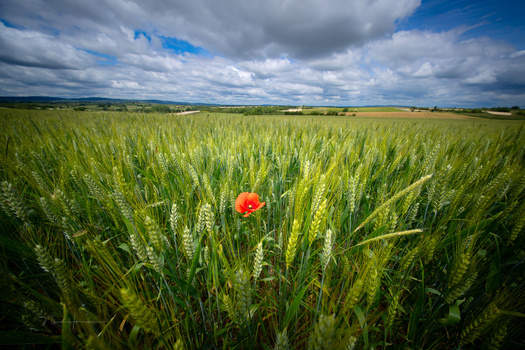

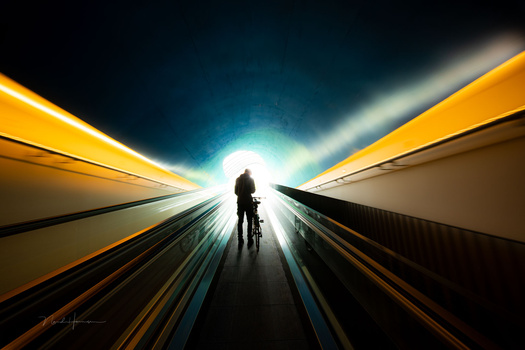
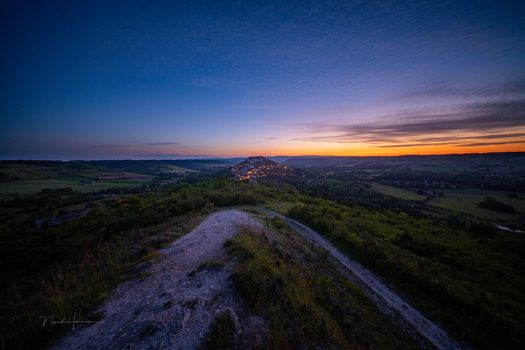





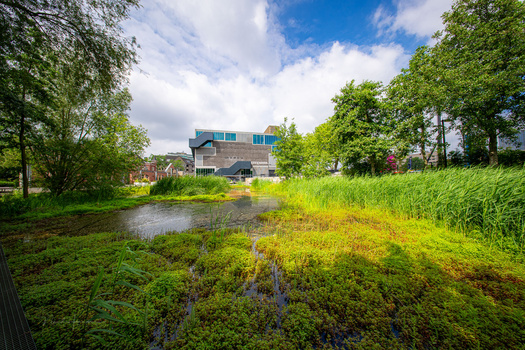
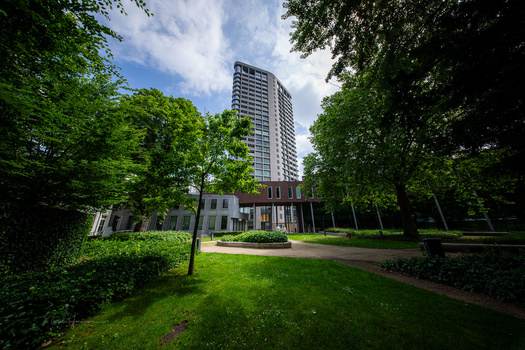
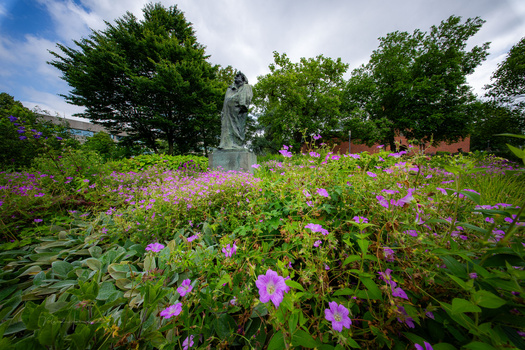


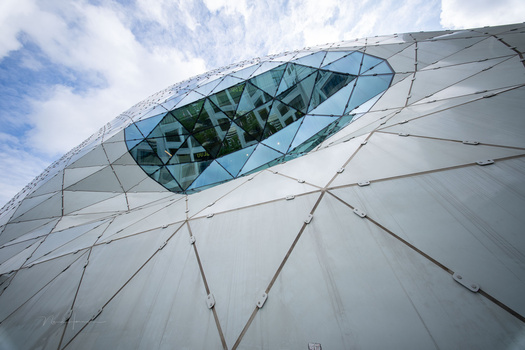

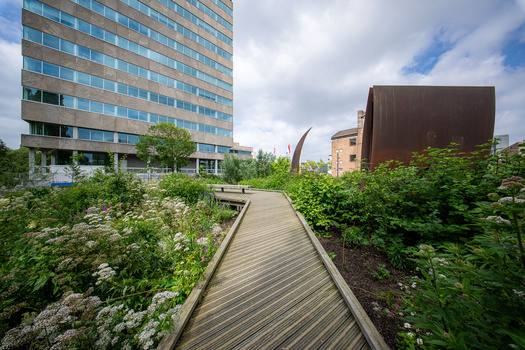

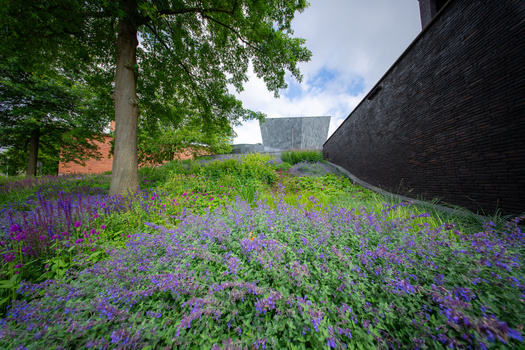
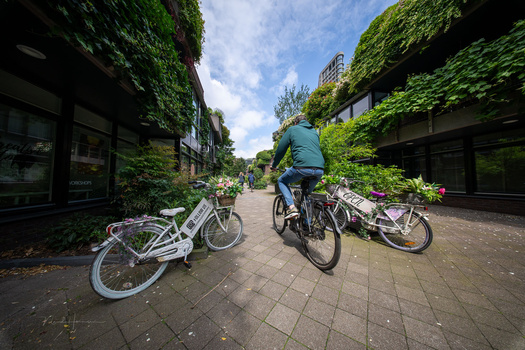
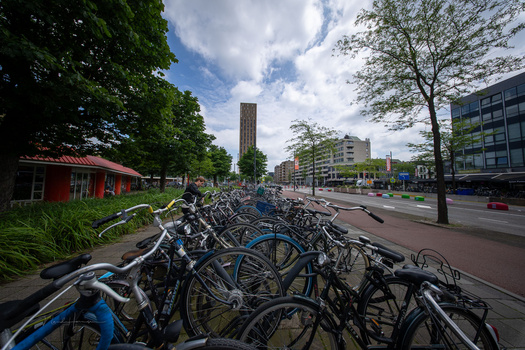
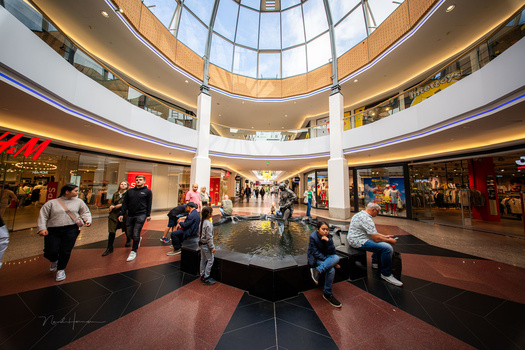
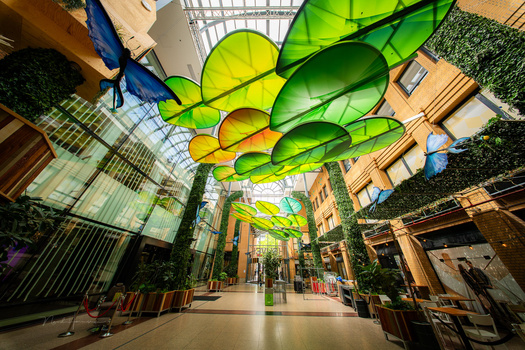
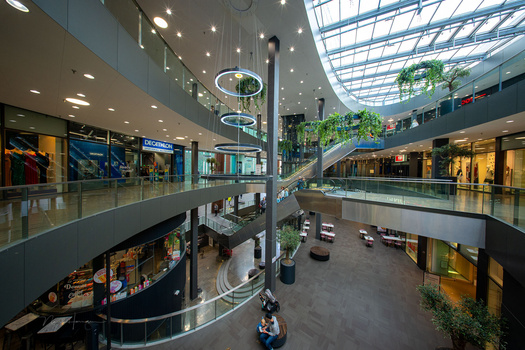







Non-astro folks get this one wrong a lot, so no shade, but that’s not coma, it’s astigmatism. Doesn’t look that bad, but shooting astro and f/4 are antithetical - at least at this field of view.
Photography is such an incredibly diverse activity/art that it is virtually impossible to lay down clear guides or rules. I would say given the uses of such a wide angle lens would I want or need auto focus? My answer would be no. But there may be someone out there who does things that require it. I can’t think of what they might be, but I suppose the company know something I don’t. Some lenses don’t need autofocus while others it’s pretty much essential while there is an in between area where sometimes you need it and other times you don’t. Shooting wildlife on a 600mm, AI powered AF is a must with only a fraction of a second to pull focus and then track. Shooting macro on a 90mm sometimes AF is handy when using the cameras internal Macro AF mode. Other times manual using focus peaking is best. It depends. A 10mm wide angle f2. I still cant see the advantage of paying extra for a facility that is not really required or am I missing something. I would really like to know why AF on such a lens is needed given it’s uses dof etc. Anyone?
I think there could be some creative reasons for using certain types of autofocus in a wide angle shot, but nearly every one of them could easily be reproduced without it. If, for some reason, you wanted a picture of a flower in a field, with a massive amount of blurred out background surrounding it.. then autofocus would make that marginally easier and quicker to take. Maybe. I think in the end, though, get your focus nailed on would be the least time intensive portion of that shot.
I have this lens for Nikon Z and I agree the autofocus is mostly unnecessary, but the advantage is that the autofocus version has electronic contacts so you get EXIF data. I don't think the manual version can do that. Also note that for this lens, the price is the same for the autofocus version and the manual version.
Nando many thanks for the review. I have one question that I hope you can answer and that is, does the autofocus communicate with a Camera’s focus bracketing?
For those of us that do extreme deep focus photography, focus bracketing is still needed, even with an ultra wide lens.
I expect auto focus stacking on a Sony would work perfectly with this lens. Unless Sony has limited the option, making it only possible on Sony lenses. I haven't tested focus bracketing myself.
But why would you require AF for that? Manual and focus peaking would work far better in that you would see exactly what was in focus.
Focus bracketing will still be needed to achieve deep focus capture, ie minimum focus distance to infinity, especially if you wish to select the overlap blur and nail an infinity focus.
Hyperfocal capture is ok for some images, but, by definition, the optical blur at the near and far points will be the CoC, ie only just acceptably in focus.
As long as the camera can communicate with the AF, one should be able to use the camera’s focus bracketing.
"The bokeh is not that nice." I can understand that for a portrait but for a little purple flower on the forest floor, it looks excellent. It's just the right amount of out-of-focus area to give the viewer a sense of place.
I was referring to the distortions at the edges of the frame. I know, this is due to the focal length and distortion correcting that is used to get the lines straight, but it doesn't look nice. At least for me.